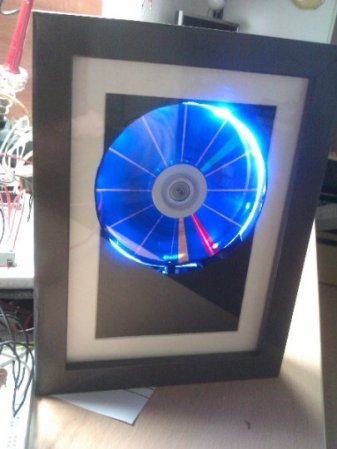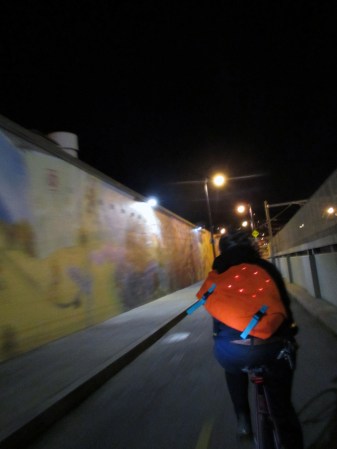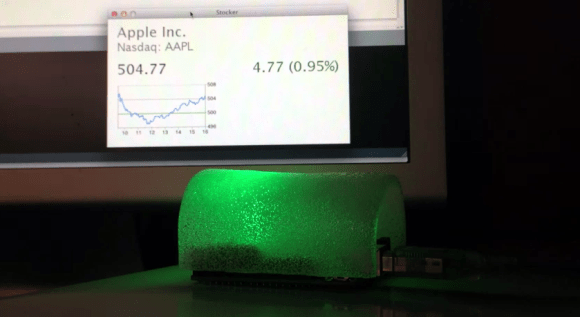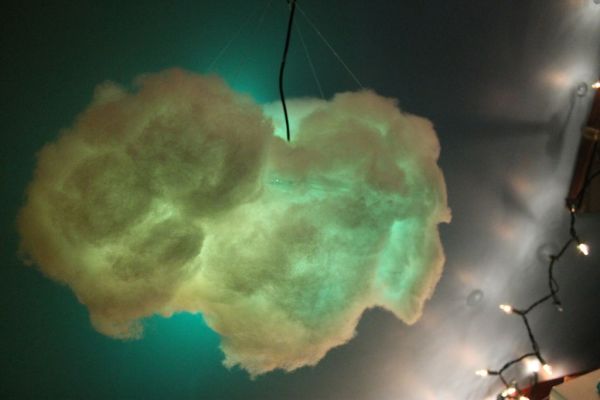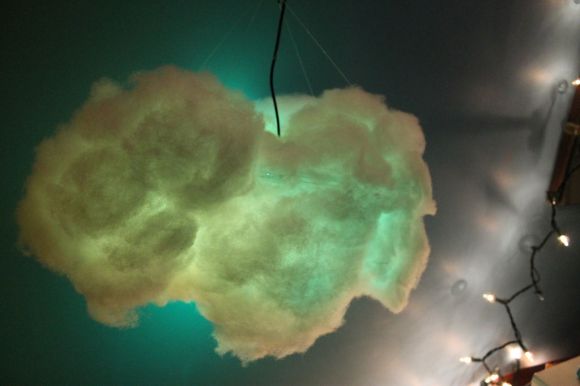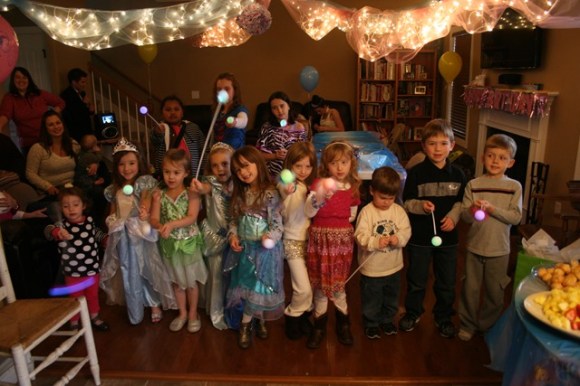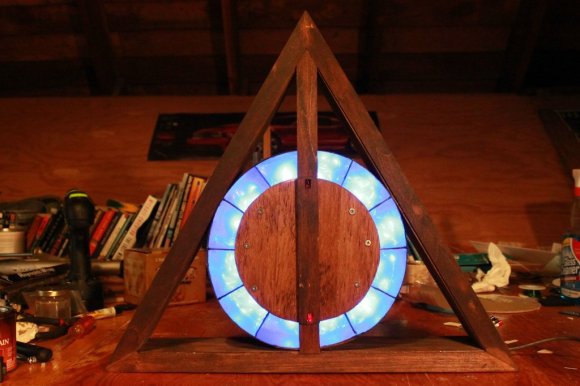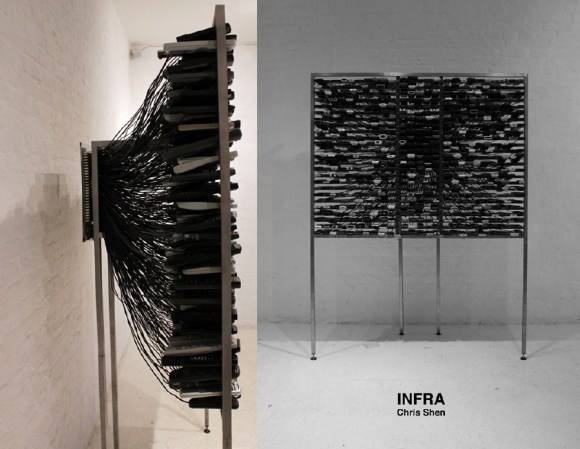
This television is perfect except for its low resolution and the fact that it can’t be seen by the naked eye. [Chris Shen’s] art installation, Infra, uses 625 television remotes as pixels for a TV screen. There’s a little bit of insight to be gained from the details which [Chris] shared with EMSL.
The remote controls were all throw-aways. Even if there are problems with the buttons, battery connectors, or cases, chances are the IR led in each was still functional. So [Chris] patched into them using about 500 meters of speaker wire.
Why 625 pixel? Because that’s how many LEDs the Peggy board can handle. We’ve seen this open source LED board driving video in other projects. Here it’s been connected to each remote using Molex connectors. Each of the headers has the same pitch as a through-hole 5mm LED. The entire board was filled with them, and a mating crimp connector terminates the end of the wire coming out of each remote. This makes setup quite easy as the remotes don’t have to be installed in any particular order as long as the physical location matches Peggy’s grid.
You can get a glimpse of the piece playing video in the clip after the break.
Continue reading “Infra Is A Television Made Of Infrared Pixels”

